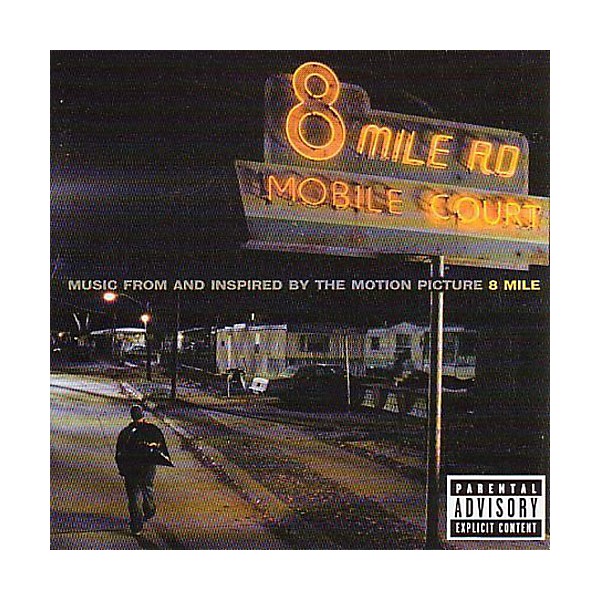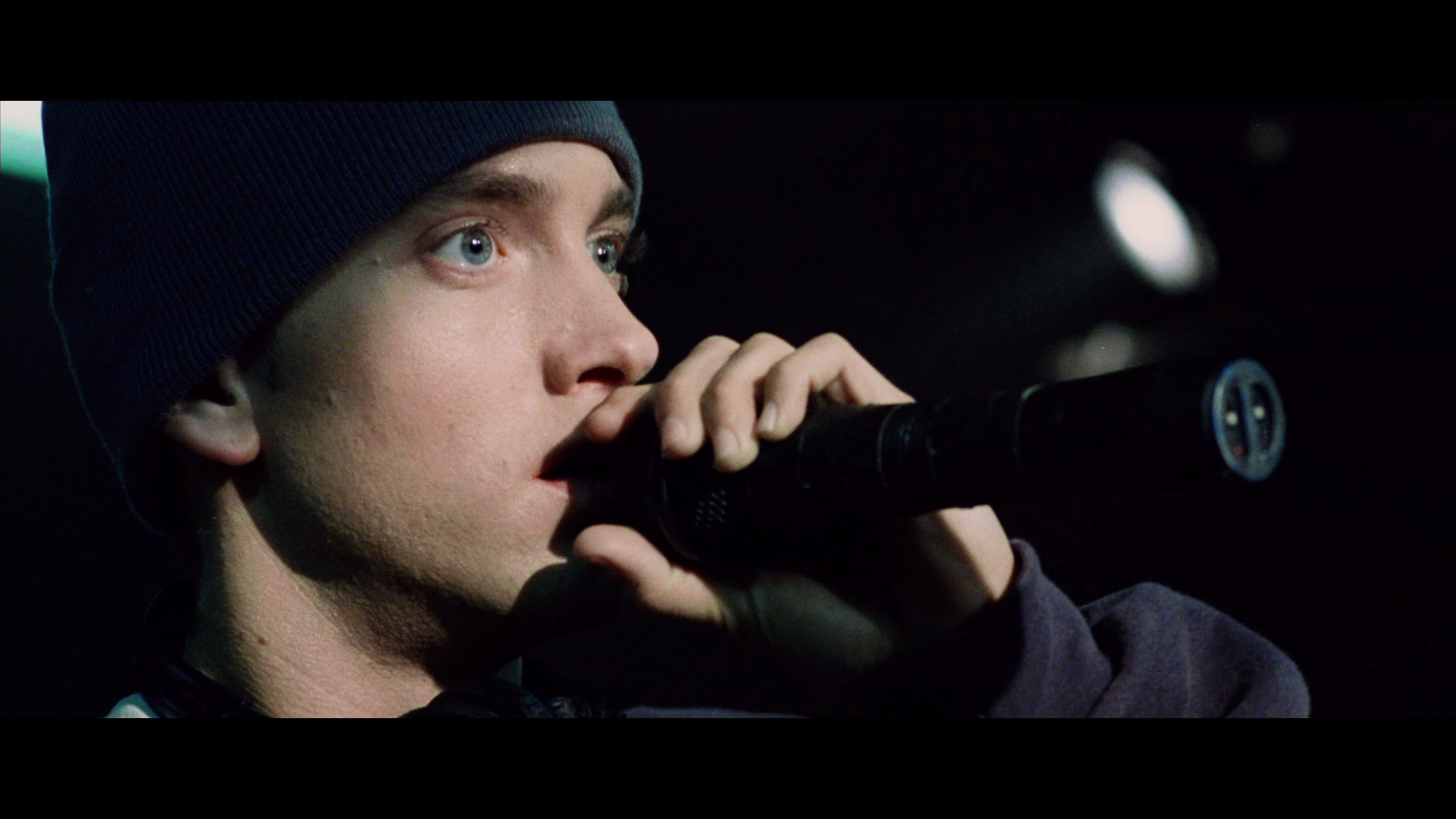

“Deep Cover” was initially meant to appear on The Chronic, but the record was removed due to rising tensions following the Ice-T and Body Count chest-puffing single “Cop Killer.” What “Cop Killer” provided in explosive catharsis, Dre and Snoop’s “Deep Cover” matched with gutter-soaked paranoia you could swing your hips to.There have been many great soundtracks in Hip Hop.

The dark synths and pulsing drums created a sway suitable to the world of crooked cops and double-crosses experienced by Dre and Snoop daily. Hearing “Deep Cover” for the first time is like stumbling across a mugging: your heart starts racing, your head nods to the beat of your shuffling feet as you book it to parts unknown. Alongside an unknown kid named Snoop Doggy Dogg, Dre enters the studio and comes out with not just a kickass theme song, but one of the most menacing rap songs in history. Dre is putting the finishing touches on his landmark solo album The Chronic, he’s tasked with creating a song for the soundtrack of the Laurence Fishburne-starring movie, Deep Cover. N.W.A., then the World’s Most Dangerous Group, have broken up. Nelly, Diddy, & Murphy Lee’s “Shake Ya Tailfeather” from Bad Boys II Being a king requires Vibranium toughness. It’s no surprise the song was selected to be both the first single for the Black Panther companion album and Jay Rock’s third full-length, Redemption. Future’s high-pitched chant, indebted to Three 6 Mafia, steals most of the spotlight, but the sheer sonic weight of “King’s Dead” is what makes the record stand out. Drums assault the senses as Jay Rock jumps between bars and cadences like ladder rungs. Kendrick hangs on the periphery for most of the song, leaving TDE stalwart Jay Rock and promethazine lothario Future to do the heavy lifting on the verses. Whatever its shortcomings may have been, we can’t deny the explosiveness of the album’s first single, “King’s Dead.” Kendrick worked closely with his TDE cohorts and Panther director Ryan Coogler to create the film’s companion album.
Eminem 8 mile soundtrack playlist movie#
The first Black superhero to lead a movie in 20 years needed the proper soundtrack, and Marvel Studios had one artist in mind: Kendrick Lamar. DMX’s “X Gon’ Give It To Ya” from Cradle 2 The Grave Even still, it’s hard not to get a contact high from a song beaming this brightly. It spent more time reassuring fans of Big Boi and André’s working relationship than it did recounting nights in the movie’s speakeasy. On an album that proudly blends hip-hop with old-school blues and jazz influences, “Morris Brown” is a decidedly modern outlier.

“Morris Brown” was released as the second single for the soundtrack to OutKast’s 2006 movie musical Idlewild (which doubled as the group’s sixth and final studio album) and is named after the titular Georgia HBCU and their Fighting Wolverines marching band. It’s the kind of giddy nonsense you’d expect from late-era OutKast, complete with a colorful video that owes as much to Freaknik as it does to Hype Williams. Big Boi, Sleepy Brown, and Scar float over the André 3000-produced track, finding elegance in the business end of drums and horns straight out of an HBCU marching band. Even by these standards, “Morris Brown” is a brilliant bolt of energy. OutKast has made a career of bottling starlight from the grooves of candy-painted Cadillacs and turning it into music.

8. OutKast, Sleepy Brown, & Scar’s “Morris Brown” from Idlewild While much of the song can be overly serious to the point of self-parody-a roaming indicator of its now 47-year-old creator’s continued crusade for the right to use teenage shock tactics as he sees fit-it’s hard not to get lost in the music almost 20 years later. The record is one of Eminem’s signature songs, a tale of perseverance and aggression dovetailing perfectly with its companion movie. 1 single on the Billboard Hot 100, but it also minted him as the first rap artist to ever win an Oscar. Not only did “Lose Yourself” become Eminem’s first No. “Lose Yourself,” the lead single, is a tale of anxiety and mom’s spaghetti from the perspective of Eminem’s character B-Rabbit, leaning into Em’s oppressively technical rhyme schemes to create one of the most recognizable rap songs of all time. Released six months after Em’s fourth studio album The Eminem Show broke sales records worldwide, 2002’s 8 Mile served as a victory lap set to celluloid. If you had one shot, one opportunity to create a song for a fictionalized version of your life, would you capture it? Or just let it slip? The story of Eminem’s “Lose Yourself” is a rap industry legend.


 0 kommentar(er)
0 kommentar(er)
